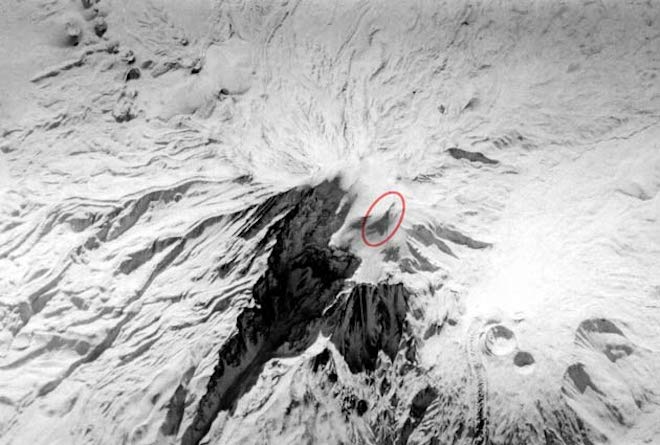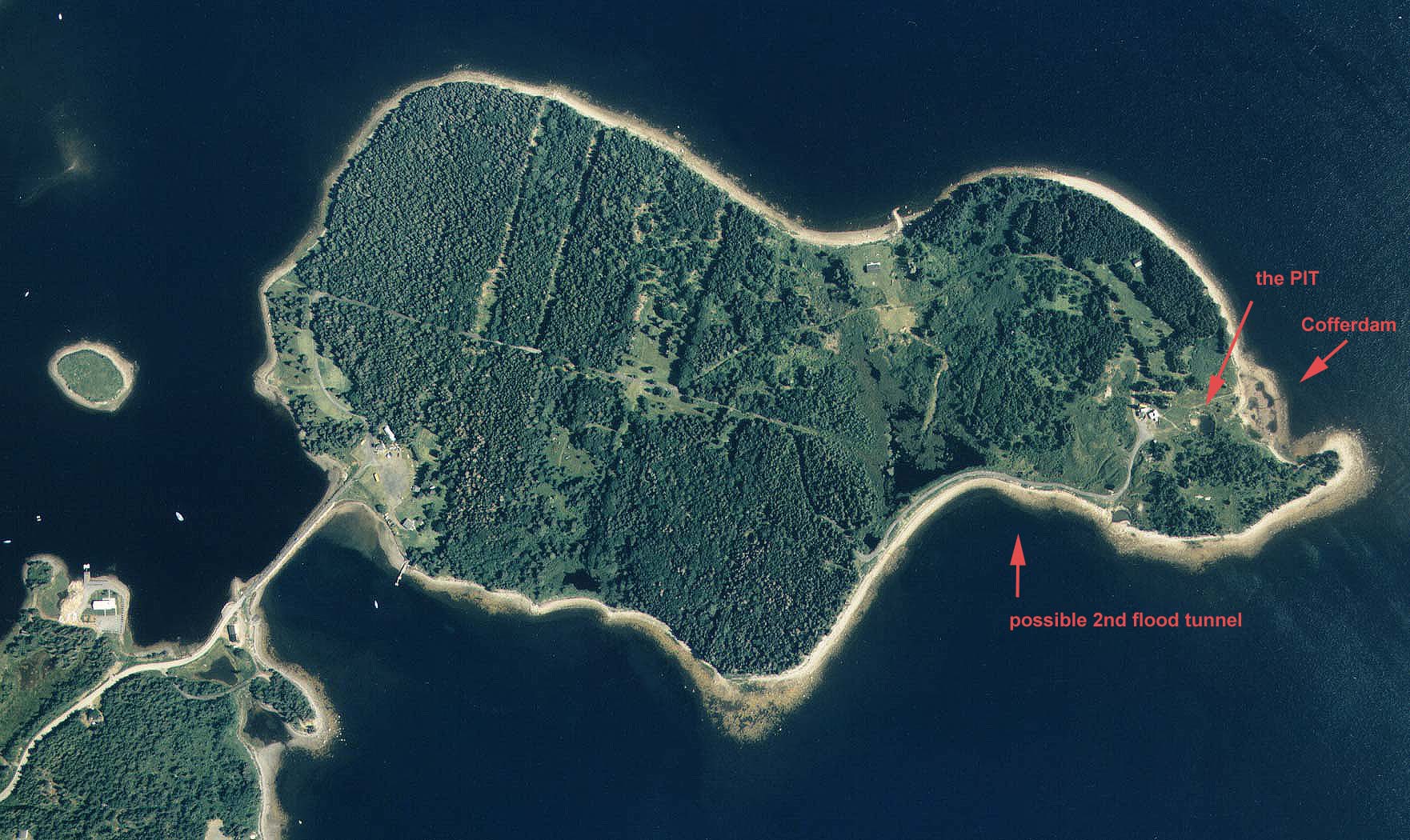There’s no doubt that technology has changed the field of archaeology in profound ways. New tools have taken archaeologists to places they couldn’t go before and opened the door to countless new discoveries. They’ve also shed some light on some of the — err — more creative interpretations of artefacts.
Let’s just go ahead and call them what they are: Conspiracy theories, and stubborn ones at that. Because the right tools haven’t always been at explorers’ and scientists’ disposal, misconceptions are a common occurrence in the history of archaeology and range from assigning the wrong date to a certain artifact or site to believing in the existence of entire civilisations that never were. This is the realm of the search for Atlantis, the quest for the Holy Grail, and belief in ancient visits by aliens. To a sane person, many of these conspiracy theories seem simply absurd. But not all people are sane.
Thank God for technology. From simple tools like carbon dating to more sophisticated methods of excavation, good old science has done wonders for encouraging level-headed interpretations of archaeological evidence. To illustrate this point, we dug around and picked some of our favourite examples of technology and archaeological conspiracy theories. Some of them are a little zany. None of them are really true. But that’s what makes learning about them more fun.
Bimini Road

In the Bermuda Triangle, not far off the coast of North Bimini island in the Bahamas, there’s a bizarrely linear underwater formation. It’s made up of square stone blocks, fitted together snuggly in a straight line. If you didn’t know any better, you’d swear it was a road, built tens or even hundreds of thousands of years ago by a sophisticated civilisation of traffic engineers. The only problem is that there was no civilisation in the Bahamas back then — at least not one that we know about.
This is where the Atlantis conspiracy theories come into play. For decades many believed the so-called Bimini Road represented remnants of the mythical Atlantis, a leftover structure after the rest of city-state slid to its watery grave. Some believed giant power crystals might be buried beneath, guiding UFOs to Earth and fiddling with the navigation instruments on boats and planes — the Bermuda Triangle effect.
Geologists weren’t so sure. In the years following its discovery, several scientists conducted radiocarbon dating of the Bimini Road stones. One study published in Nature used carbon-14 data to show that the stones were between 2,000 and 4,000 years old, far too young to be a part of the city that Plato first described as being some 7,000 years old back in the 4th century BC.
With this in mind, geologists concluded that the “road” was a type of limestone called beachrock. The beachrock, they said, simply cracked in geometric patterns presenting the illusion of individual stones that had been meticulously joined together. It’s a unique phenomenon to be sure, but it’s hardly of mythical proportions. But with the Bermuda Triangle there and plenty of scepticism about science, plenty will continue to believe that this is, in fact, Atlantis. It’s not.
Noah’s Ark

You’ve probably heard of this one before! According to the Bible, this guy Noah built an ark to save all the animals (and his family) from the Great Flood. According to some religious fanatics, the ark itself is chilling out near the summit of Mount Ararat in Turkey. This seems like a pretty good guess since the Bible actually says that the ark came to rest “upon the mountains of Ararat.”
Numerous expeditions have scaled the mountain in search of the ark in the past century or so. The most recent expeditions took place in 2007 and 2008 when some evangelical Chinese and Turkish explorers claimed to have found several wooden compartments in the mountain that, they said, were remnants of the ark. The group claimed that radiocarbon dating put the wood at about 4,800 years old when Noah supposedly set sail. None of these claims, however, was confirmed by an independent third party.
In this case, the use of technology actually backfires on the conspiracy theorists. According to a professor from William Jennings Bryan College in Tennessee, the radiocarbon dating actually proves that the wood is too young since the ark would have been built from timber that grew before the flood. And on the science end of things, he said, eruptions from Mount Ararat, a volcano, would have burned up the ark a long time ago. This is all assuming that the evangelical explorers didn’t just make it all up, which they probably did.
And this is only one example of science and technology debunking claims to the ark. There are more where that came from.
Oak Island

You almost want this conspiracy theory to be true. It’s got pirates and buried treasure and rumours of Freemasonry. There’s also a bottomless hole called the Money Pit. What more could you ask for?!
To explain the backstory concisely, we go to Oak Island, just off the coast of Nova Scotia, where a teenager found a circular depression in a clearing and decided to start digging. What he found was bizarre. According to legend, he found flagstones just under the surface and then wooden beams laid across the pit every 10 feet below that. Along the way there were also markings on the walls as well as layers of putty, charcoal and coconut fibre. This was very strange since coconuts do not grow in Nova Scotia.
Was it a pirate treasure? A secret Mason lair? An abandoned mine? For the next two centuries countless groups tried to excavate the pit, but every time they reached a certain depth, it would fill up with water making it impossible to keep digging. In 1971, technology stepped in. A team called the Triton Alliance sent cameras into the pit and reportedly snapped images of chests, tools, and human remains. These photos were later deemed the be inconclusive.
This is where science comes in handy. In the mid-1990s, a team from Boston conducted a scientific study on the site, and with dye tests, finally explained the mystery of the pit refilling. Whereas early explorers believed that whomever dug the hole built flood tunnels to prevent looters from getting to the bottom of the pit, the dye tests showed that it was simply the natural flow of the ocean through the limestone beneath. This added to other scientific evidence and many agreed: the pit was nothing but a sinkhole.
Hitler’s Antarctic

There are too many Nazi-themed conspiracy theories to count, but some are more extraordinary than others. Some are just plain ridiculous. Take the series of stories surrounding Hitler’s alleged activity in Antarctica. According to some accounts, Hitler sent a team of elite troops down to Antarctica in the late 1930s, and they soon found a series of underground tunnels and caves where they built a base the size of a small city. (Imagine Hitler’s ice fortress as the ultimate evil lair.) At some point, they also discovered technology left behind by a superior alien race: technology that they would use to win the war.
Somehow, the Nazis dug in and stayed in Antarctica after the war was won. (There are also crazy rumours that Hitler actually escaped to Antarctica rather than commit suicide, but that’s another legend for another day.) Archaeologists would have a hard time finding evidence of the base, however, because conspiracy theorists said that the Americans obliterated it with nukes. This is actually sort of the opposite of an archaeological conspiracy theory since the absence of remains is meant to be proof of what happened.
But this didn’t really happen. A German team did conduct an expedition in the late ’30s, but they weren’t going down there to build a top secret city-sized base. They were exploring ways to better the German whaling industry. And they didn’t happen upon sophisticated alien technology either. Like many of conspiracy theories, that’s just crazy talk.

Picture: Wikimedia Commons / Michael Hession
